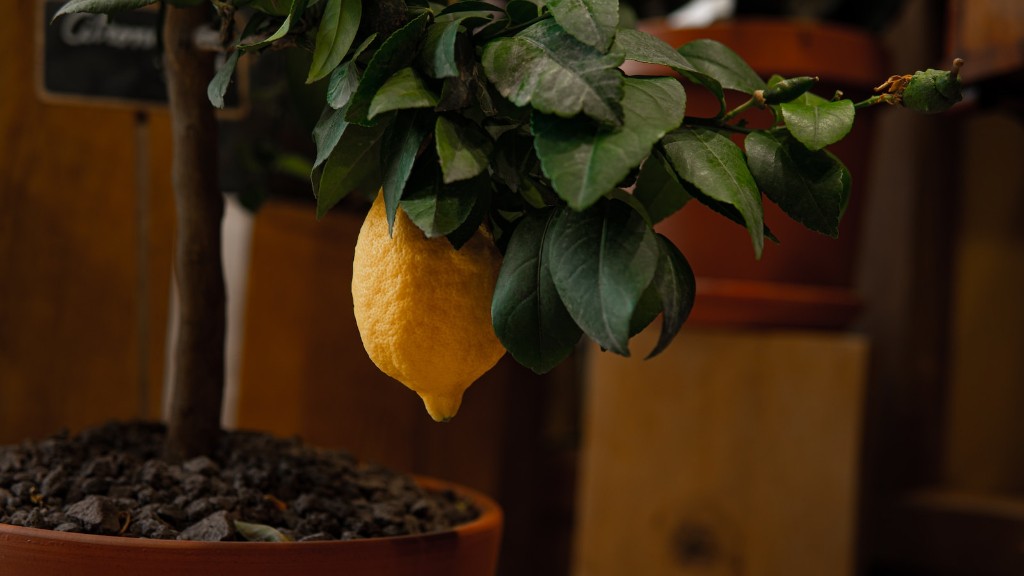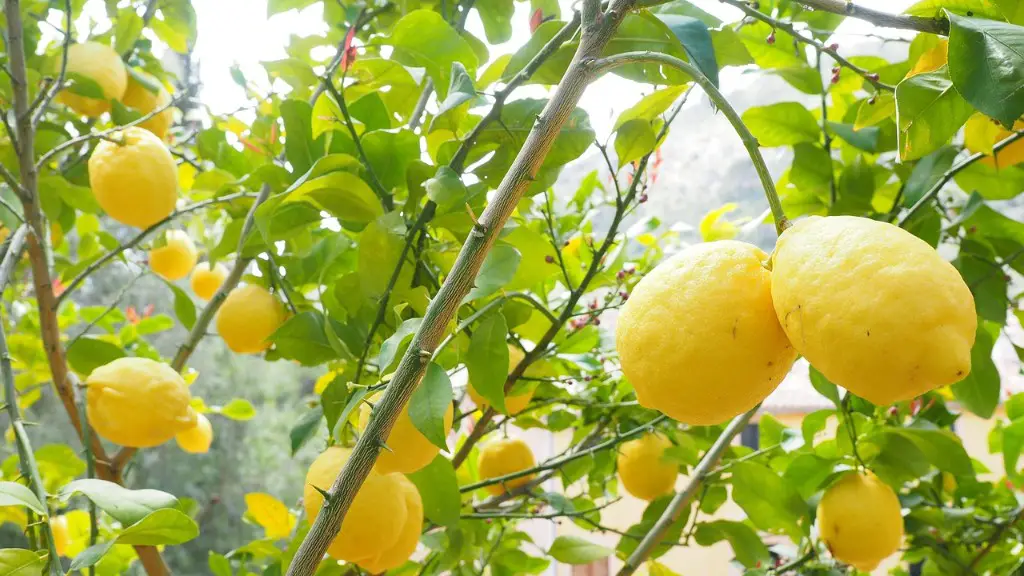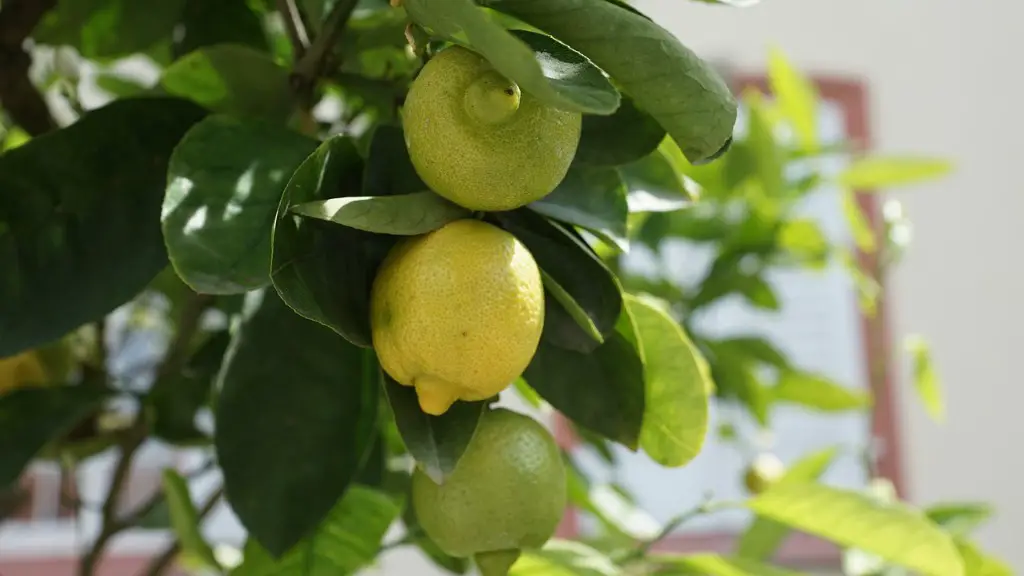Can you Grow an Avocado Tree from a Cutting
The idea of growing an avocado tree from a cutting is highly appealing to those who love gardening, as it offers a sense of satisfaction from creating something from scratch. Many people don’t know, however, that growing an avocado tree from a cutting is far from easy and that it requires a major amount of effort and patience.
Avocados are technically a fruit and originated from tropical South and Central American regions. While avocados cannot be grown from a seed inside of the avocado itself, it is possible to grow an avocado tree from a cutting. Growing an avocado tree from a cutting requires patience, a suitable environment, and a long rooting process, but can be done with care.
Generally, the ‘branch’ or ‘cutting’ of an avocado tree is rounded or triangular in shape and when cut, will measure around 10 cm to 25 cm long. The stem should be creamy in color and woody. If the stem is green or too soft to hold its shape, it has not formed yet and should not be selected.
Choosing a Cutting
The cutting should be taken from a healthy avocado tree and should not be taken during the winter months. When selecting an avocado tree for your cutting, ensure that the parent tree is at least 3-5 years old and have a good appearance in terms of color and size.
Immediately after selecting the cutting, remove any leaves from the tip and trim down the leaves from underside of the cutting. This process helps in the removal of any already present bacteria and prepares it for rooting.
Also, it is highly recommended to sterilize the blade before making any cutting. This will help to reduce the chances of any infection and unwanted spread of diseases.
Preparing the Cutting
Carefully cut the avocado tree cutting with a sharp and sterilized knife, making sure to cut the stem at a 45-degree angle, approximately 4-5 inches long. The stem should be placed in a warm and dry area for a few days until the wound is completely healed. This process will prevent any potential “catching” of diseases.
Finally, cover the wound of the stem with a thin coat of rooting hormone and wrap it up in a clean and damp newspaper. Place the cutting in a warm and humid area with plenty of indirect sunlight. The paper will help to retain the moisture, while the rooting hormone will help the stem to grow roots.
Watering and Fertilizing
The important parts of nurturing an avocado tree include regular watering, nutrient addition and adequate sunlight. Keep the soil moist throughout, while avoiding overwatering. Allow several days between each watering session, as excessive moisture can lead to root-rot.
In terms of fertilizer, organic fertilizers are always a better option than synthetic fertilizers as it provides a natural dose of nutrients to the avocado tree. Avocado trees prefer nitrogen rich fertilizers and therefore, a combination of nitrogen and phosphorous can be used for the tree’s growth.
Also, for the proper development of the avocado tree, ensure that it receives a generous amount of sunlight – but not direct sunlight. Direct sunlight is highly damaging to a young avocado tree and can cause its leaves to dry up and even lead to wilting.
Transplanting
When the roots of the avocado tree are long enough (around 4-5 inches) and the stem shows signs of growth like leaves, it is time to transplant it in a pot or in the ground. Make sure to only use a deep and wide enough pot or area in the garden to support the further development of the tree. Ideally, a pot of around 10-20 liters is suitable for a healthy tree.
When transplanting, it is important to create a suitable environment which should contain healthy soil and a generous amount of drainage material. This will help the roots in absorbing plenty of oxygen. Also, water regularly after the transplanting process, to ensure that the soil remains moist and fertile.
Pruning and Training
Pruning is an important process for the growth of the avocado tree and is done by removing unnecessary and unhealthy branches to train the tree for future growth. This will allow the tree to shape into an appropriate structure with better access to light and other essential materials. It is important, however, to remember that pruning should be done with caution, avoiding the excess removal of branches.
Mulching
Mulching is the process of adding humus-like material, such as straw, grass clippings and dried leaves, around the base of the tree. The purpose of this is to keep the soil temperature and moisture levels balanced. This will also help to protect the roots from any insect or weed attacks.
Spraying
Controlling pests and diseases is the key to ensuring a healthy avocado tree. It is important to keep spraying the tree with insecticides and fungicides from time to time to reduce any potential attacks from insects and micro-organisms. Regular inspection of the tree will help you identify any signs of diseases or infections on the tree.
Harvesting
Avocado trees generally take around 5-7 years from the transplanting of the cutting until it will begin to bear fruits. Harvesting of the avocados can commence when the skins turn a dark green. The fruits can be harvested either by hand or with the help of a pole, where appropriate.


